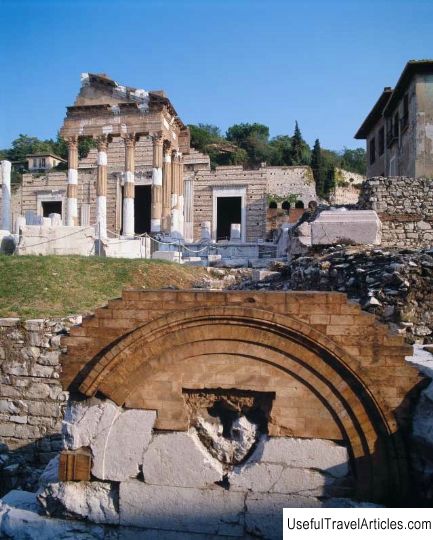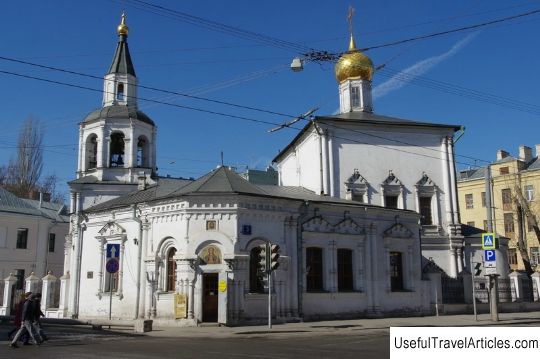Capitol (Tempio Capitolino) description and photos - Italy: Brescia
Rating: 8,2/10 (2455 votes) 
Capitol (Tempio Capitolino) description and photos - Italy: Brescia. Detailed information about the attraction. Description, photographs and a map showing the nearest significant objects. The title in English is Tempio Capitolino. Photo and DescriptionThe Capitol, built under Emperor Vespasian in 73 AD, was a religious site and the center of ancient Brixia, the predecessor of modern Brescia. In those years, the building was located on the main street - "decumanus maximus" (present-day Via Museums) and was a temple with three halls, in which the capitoline deities were worshiped. It stood on the site of an older Roman temple, probably built in the 80s and 70s BC. In 1823, archaeological excavations were carried out here, during which both the ancient temple and the later Capitol, which became a popular tourist attraction in Brescia, were discovered. Probably, the Capitol originally had four prayer halls - this assumption can be made based on the structure of the ancient temple. Then the eastern hall was demolished in order to expand the adjacent amphitheater. Historians are inclined to believe that in this fourth hall religious rituals were held dedicated to the local deity, which, most likely, was of Celtic origin. Perhaps this deity was Hercules, since the Capitol in the oral tradition was often called the Temple of Hercules. In the first half of the 19th century, marble fragments of a huge male statue were discovered inside the Capitol, and some parts of it continue to be found today. The most fascinating explanation for these findings is the assumption that these are fragments of a sculpture depicting Jupiter seated on a throne, which towered over the central hall of the Capitol. This statue could have been created on the model and likeness of the sculpture of the same name in the Capitol in Rome, as copies of the Roman Jupiter were installed in religious buildings throughout the empire. It was possible to get to the Brescia Capitol by going up two flights of stairs. From above, the view of the forum and the basilica opened, and behind, behind the Capitol, was the Colle Chidneo hill - such an arrangement of the building was characteristic of the Hellenistic architectural tradition. Today, in the vicinity of the Capitol, which was once the center of the city, you can see numerous ruins and ruins of ancient buildings that performed a variety of functions - for example, the amphitheater was used to entertain the public and hold social events. According to the most conservative estimates, it could fit up to 15 thousand people. At the forum, which lay in front of the Capitol (below the level of the modern Piazza del Foro), there was a market - it was a trade center surrounded by handicraft shops and shops.        We also recommend reading Fort Bard (Forte di Bard) description and photos - Italy: Val d'Aosta Topic: Capitol (Tempio Capitolino) description and photos - Italy: Brescia. |




